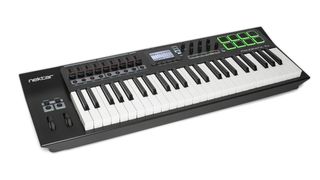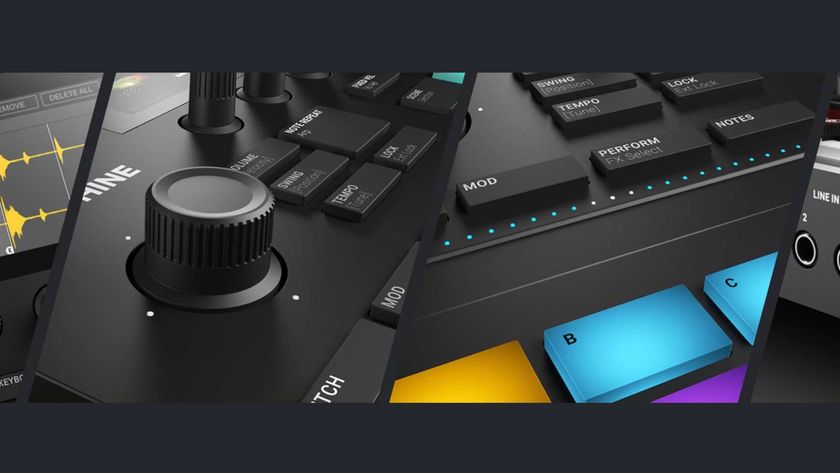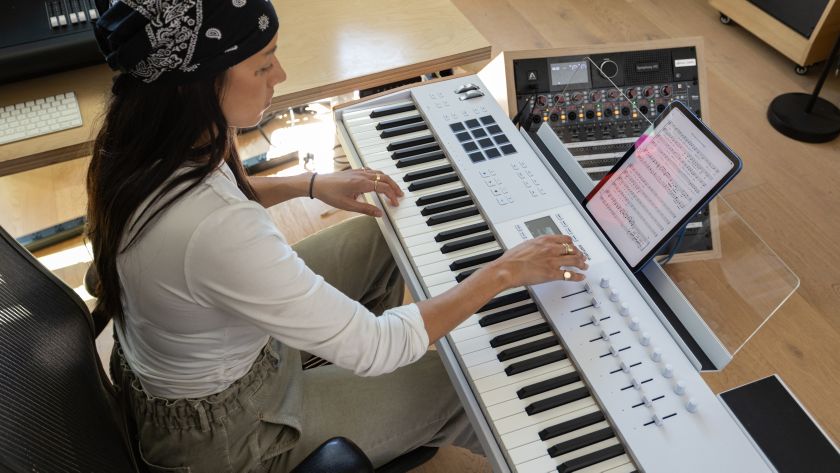Nektar has plugin and DAW control down to a T with new Panorama MIDI keyboards
Both promise deep software integration
Nektar Technology has released MIDI keyboards at both ends of the price spectrum. Its Panorama P-series devices are very much high-end offerings, while its Impact models offer great value for money.
Now we have a range that bisects the two: the 49-note Panorama T4 and 61-note Panorama T6 are designed to offer deep plugin instrument control in any VST/AU-compatible host, as well as DAW control, performance features and extensive MIDI functionality.
Both models are designed to offer instant control of plugin parameters via the new Nektarine plugin control manager software. This comes with a range of control maps, but you can also create your own on the device. Plugin parameter changes are shown on the display, which should mean less time spent staring at your computer screen.
Additionally, standard mixing, track selection and transport control functionality is available in any DAW that supports the Mackie Control Universal protocol, and, depending on your DAW, you can get more advanced options once Nektar DAW integration is installed.

You get a total of 62 physical hardware controls, buttons and faders, while real-time feedback is available on the LED display. The keyboard, meanwhile, has a synth action with medium tension and supports aftertouch.
Creative features include the Note Repeat function and the option to assign chords to any of the 8 LED drum pads (these also support aftertouch).
The Panorama T4 and T6 will be available in July priced at $350/£280/€350 and $400/£350/€400 respectively. Find out more on the Nektar Technology website.
Get the MusicRadar Newsletter
Want all the hottest music and gear news, reviews, deals, features and more, direct to your inbox? Sign up here.

I’m the Deputy Editor of MusicRadar, having worked on the site since its launch in 2007. I previously spent eight years working on our sister magazine, Computer Music. I’ve been playing the piano, gigging in bands and failing to finish tracks at home for more than 30 years, 24 of which I’ve also spent writing about music and the ever-changing technology used to make it.











